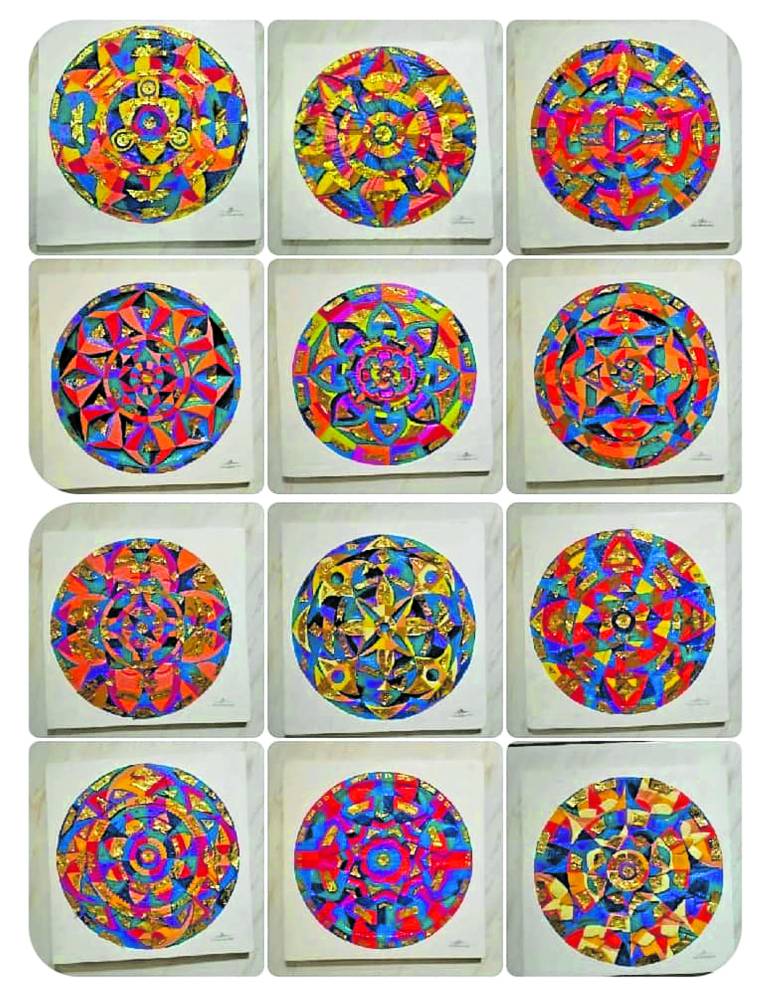
Visual artist Carlito Camahalan Amalla, a member of the Agusanon Manobo tribe, paid homage to the Filipino indigenous communities in his recent solo exhibition in Berlin, Germany.
Titled “Mandala: Concert of Cultures,” it featured a collection of 12 contemporary mandala art—wood carvings with acrylic paint and repoussé brass sheet—inspired from unearthed Surigao and Butuan gold from ancient civilizations.

Amalla, founder and head of the Agusan Artists Association in Butuan City and the Balangay Artists Association in Manila, utilized the mandala as a spiritual and ritual symbol in Asian cultures to encapsulate, narrate and embrace the diverse and dynamic nature, culture and literature of the Filipino lives.
“Mandala is a symbol of the universe in its ideal form,” he stated. “It signifies the transformation of the cosmic life from chaos, challenges, and struggles into order, organic unity and joy. It is also a form of prayer and meditation.”
Each piece showcased a radial design that represents a kaleidoscope of signs and meanings, a collective community and the artist’s role in safeguarding the Philippine ecosystem from exploitation and destruction. “It is an homage to the Philippine indigenous tribes, whose lives are intrinsically linked with the world they inhabit, the traditional knowledge of their ancestors and the spiritual realm of their deities,” Amalla explained.
Amalla is a performer, puppeteer, dancer, chanter, musician, ceramist and researcher who has participated in exhibitions in Wales, Belgium, England and USA.
He holds a Bachelor in Fine Arts degree major in Sculpture and a master’s in Art History from the University of the Philippines. He is a recipient of the 2021 Asia Pacific Luminare Award and 2020 Outstanding Leadership in Culture and the Arts Award in New York City. He teaches ar the Design Foundation of the School of Arts, Culture and Performance of the De La Salle-College of Saint Benilde.

